Malabar Gliding Frog, Rhacophorus malabaricus (Jerdon, 1870)
Nesting behaviour and development stages
Rhacophorus malabaricus is a well known species of the moss frog belonging to Neobatrachia which is the suborder of the Anura. Rhacophorus malabaricus is endemic to the Western Ghats of India. Rhacophorus malabaricus is classified as least concern by the IUCN Red List of Threatened Species, and the Red List status was evaluated by Dinesh, Radhakrishnan, Gururaja, Deuti and Bhatta (IUCN Red List 2013).
Body length of this frog is about 10 cm. Males are smaller than females. Its back skin is thinly granulated and the color is bright green. Adult frogs have no markings on its back; the belly is more roughly granulated and is mainly pale yellow. There are skin fringes between and along the long limbs, and the webbing between fingers and toes is large and orange- reddish. The disks of fingers and toes are large. It has got a rounded snout with nostrils located nearer to the end of the snout than to the eyes.
The word Gliding frog refers to the ability of this frog to break its fall by stretching the webbing between its toes while jumping down from the top of the tree. This helps the frog land softly on another branch or on the ground.
The Rhacophorus malabaricus is an arboreal species inhabiting the tropical moist evergreen forest, deciduous forest, secondary (disturbed) forest and coffee plantations. One can find them in the lower canopy and understorey levels of the forest. Unlike other frogs, the Rhacophorus malabaricus build nest in the trees.
Study area and period:
The Nesting behavior of Rhacophorus malabaricus have been previously published by researchers (Kadadevaru and Kanamadi 2000). We decided to carry out field observations in some parts of Amboli, Sindhudurg, in the State of Maharashtra, India between 2nd June to 25th August 2013. Mating and nesting behavior of the Malabar gliding frog Rhacophorus malabaricus was observed and the development stages of this frog were also recorded.
The hibernation phase of the frogs end with the onset of heavy rains. In this starting phase males resort to calling (as shown in image below) and proclaim their territory by vocalising.
This species has a variable calling pattern. Usually the call is made up of a series of loud pulses of about 0.03 seconds duration, (Daniel and Hampson 2000). To attract females, the males produce typical calls. The female of the species selects a male for mating and then chooses a leaf of a tree for spawning which is located over a water body.
The female rubs the back of the male by her hind limbs during amplexus triggering the male to release seminal fluid and a foam nest is created (image below).
The pair takes about 2 to 3 hrs for this process to get completed. Soon after, the male leaves the place to take rest. However the female was observed building the nest by connecting leaves so that the foam nest is covered from all sides by leaves.
The female too sleeps after finishing the nest building activity. While amplexus three or more males can be seen near by, combating with each other over the right to mate with female. One nest was observed at the site to see the eggs and to take the measurements. A Yamayo digimatic caliper (0.1 mm) was used to take measurements. Eggs are cream in color and size of the eggs is 2.55 mm to 2.65mm, when the measurements were taken.
An embryo develops in the foam nest, and after 5 to 7 days tadpoles drop in the water. Rain plays an important role in the development stages of Rhacophorus malabaricus, as like other Amphibians. Due to rain showers binding material get washed and the foam nest is left open to drop the developed embryos into water.
On 17th June 2013 ten tadpoles were observed in the water body (image below).
They were duly measured and released back in the water body. The detailed measurements are given in the table below:
| Specimen no. |
Measurements |
||
|
Total length of tadpole in mm |
Snout to vent in mm |
Tail length in mm |
|
|
1 |
12.77 |
3.86 |
8.91 |
|
2 |
11.89 |
3.62 |
8.27 |
|
3 |
11.30 |
3.24 |
8.06 |
|
4 |
12.42 |
3.73 |
8.69 |
|
5 |
12.14 |
3.58 |
8.56 |
|
6 |
13.04 |
3.94 |
9.10 |
|
7 |
12.37 |
3.70 |
8.67 |
|
8 |
12.59 |
3.80 |
8.79 |
|
9 |
11.82 |
3.66 |
8.16 |
|
10 |
11.40 |
3.32 |
8.08 |
Within 12hrs first measurement were taken (Snout to vent 3.86mm, tail length 8.91mm) total length of tadpole 12.77mm. As per measurement of observed tadpole specimens, size of the tadpoles varied from 11.30mm to 13.04mm.
On 23rd June 2013 a measurement was taken on one specimen (snout to vent 14.85mm, tail length 27.59mm). The total length of tadpole was 42.44mm. The (image below) growth of the tadpole can be easily observed.
On 3rd July 2013, the third measurement was taken and the tadpole was observed ( below image) developing hind limbs (snout to vent 13.72mm, tail length 28.78mm). The total length of tadpole was 42.50mm.
On 12th July 2013, fourth measurement was taken, and the tadpole (image below) was observed to be developing fore limbs (snout to vent13.46mm, tail length 27.92mm), total length of tadpole was 41.38mm.
On 21st July, the tadpole was fully developed and the tail had disappeared, (image below). About 8 to 15 days were taken for the tail to drop. Rhacophorus malabaricus took 35 to 45 days to complete metamorphosis.
If the habitat or environmental conditions are not suitable for the nest, these frogs can make terrestrial foam nests. Modification of the reproductive mode from arboreal to terrestrial may be an adaptation to the changed environmental conditions. (Girish G. Kadadevaru and Ravishankar D. Kanamadi, 2000).
*All Images by Amit Sayyed (unless mentioned)
Acknowledgment
I am grateful to Dr. Anand Padhay, Dr. Hemant Ghate and Dr. Anil Mahabal for their support. I would like to thank the Office of the Principal Chief conservator of forests Maharashtra State, Office of the Chief conservator of forests (T) Kolhapur for giving permission to us for the survey of Amboli.
Thanks to The Forest office of Amboli, Mr. Hemant Ogale, Mr. Abhishek Jain. Special thanks to Rahul Thombre, Akshay Bahagwat, Jitendra Patole, Deepak More, Abhijit Nale, Shreeniwas Bhujbal, Santosh Shedge, Santosh Chawhan, Muzhaid Shaikh, Mangesh Karve, Ghansham Nikam, Swapnil Pakhale, Datta Chavhan, Irfan Shaikh Gulabraw Awghade and Akash Ghamre Members of Wildlife Protection and Research Society Satara Maharashtra for their field work.
Literature cited
* Amiet, J. L., Ann. Fac. Sci., Univ. Cameroun, 1974, 17, 121,130.
* Biju, Dutta, Vasudevan, Srinivasulu & Vijayakumar (2004). Rhacophorus malabaricus.79(3): 377-380
* Bordoloi, Sabitry; Bortamuli, Tutul & Ohler, Annemarie (2007): Systematics of the genus Rhacophorus (Amphibia, Anura): identity of red-webbed forms and description of a new species from Assam. Zootaxa 1653: 120.
* Daniel and Katie (2000) Frogs of Coorg from mampam.com: Rhacophorus malabaricus
* Dinesh, Radhakrishnan, Gururaja, Deuti and Bhatta 2013A Checklist of Amphibia of India with IUCN Red list Status, (online version): 1-18
* Duellman, W. E. and Trueb, L., Biology of Amphibians, McGraw-Hill, New York, 1986.
* Dutta, Sushil K. 1992. Amphibians of India: updated species list with distribution record. Hamadryad 17(1):1-13.
* Inger, R.F. and Dutta, S.K. 1986. An overview of the amphibian fauna of India. J, Bombay Nat.Hist. Soc., 83(suppl): 135-146
* Inger, R. F., Fieldiana, Zool., 1966, 52, 1402.
* Kanamadi, R. D. and Jirankali, C. S., Zool. Anz., 1991, 266, 149,162.
* Liu, C. C., Fieldiana, Zool. Mem., 1950, 2, 1,400.
* Patil, N. S. and Kanamadi, R. D., Direct development in the rhacophorid frog, Philautus variabilis(Gunther). Curr. Sci, 1997, 73, 697, 701.
* Pope, C. H., Bull. Am. Mus. Nat. Hist., 1931, 61, 397, 611.
* Sekar, A.G. 1990. Observations on the developmental stages of tadpoles of the Malabar gliding frog, Rhacophorous malabaricus Jerdon, 1870 (Anura: Rhacophoridae). J, Bombay Nat. Hist. Soc., 87: 223- 226.
* Towensend, D. S. and Stewart, M. M., Herpetologica, 1986, 42,165,170.
- Malabar Gliding Frog – Nesting behaviour and development stages - 20 November,2013
- The Distribution of Albino Green Keelback - 23 July,2012

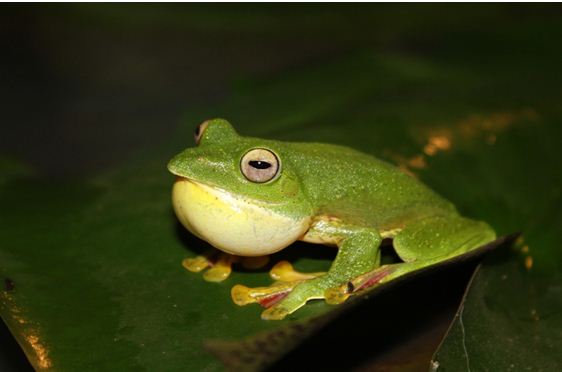
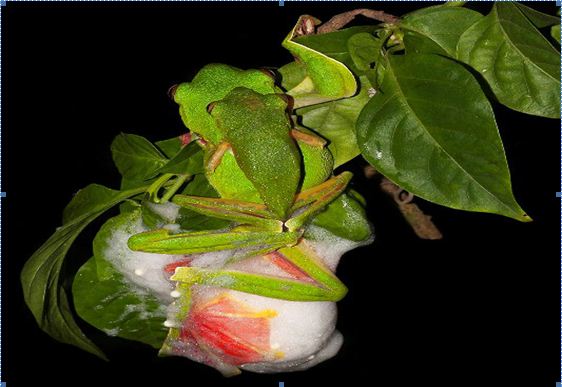
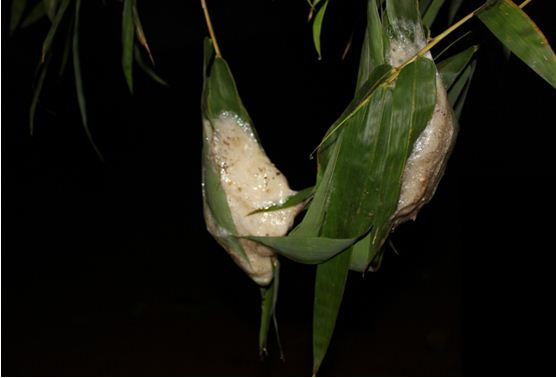


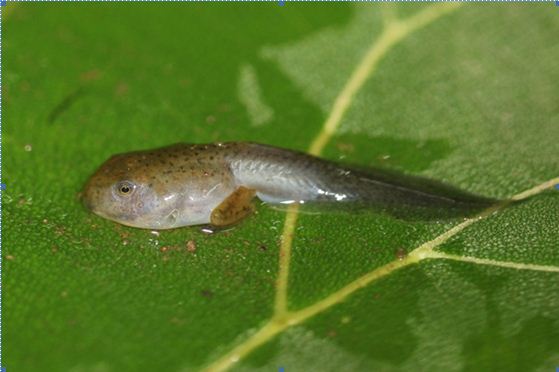
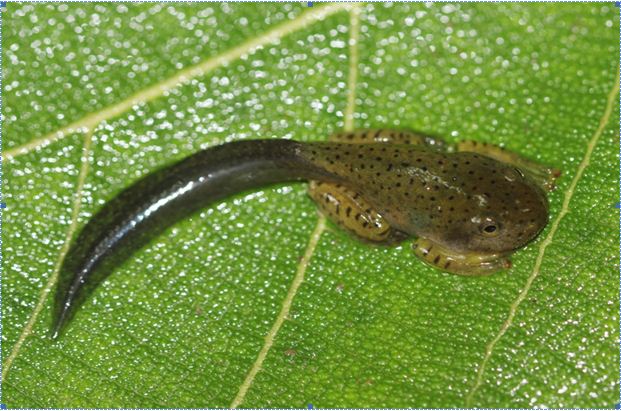
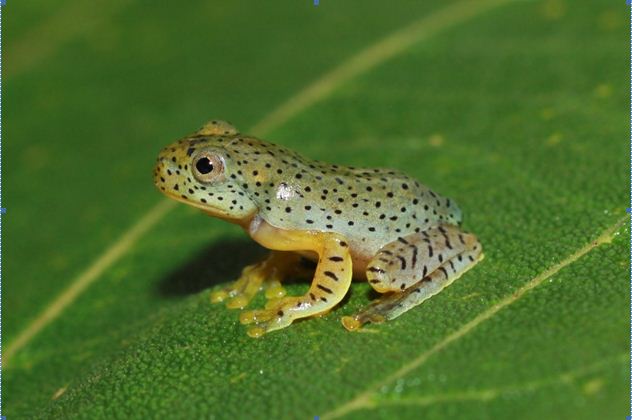
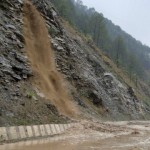
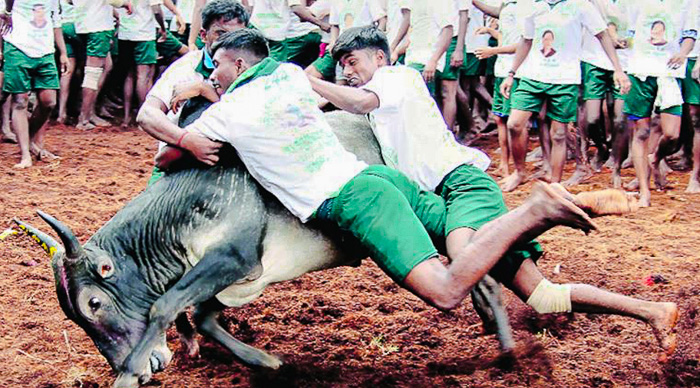
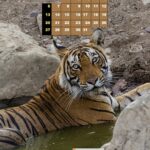
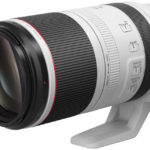
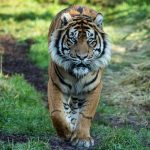






Very informative. The tadpoles reminded me of my childhood when I used to scoop them up from water and fill them in a water filled container..lol 🙂
A great post..:-)
Informative! the images are really cool and I’m seeing a frog’s nest first time , thank you 🙂
Wow! great informative post along with pictures! I wish I could see a green frog at least once 😀
I have up playing with frogs and tadpoles but never seen a frog nest..very informative article and a great read..
Great……..!
great work ……